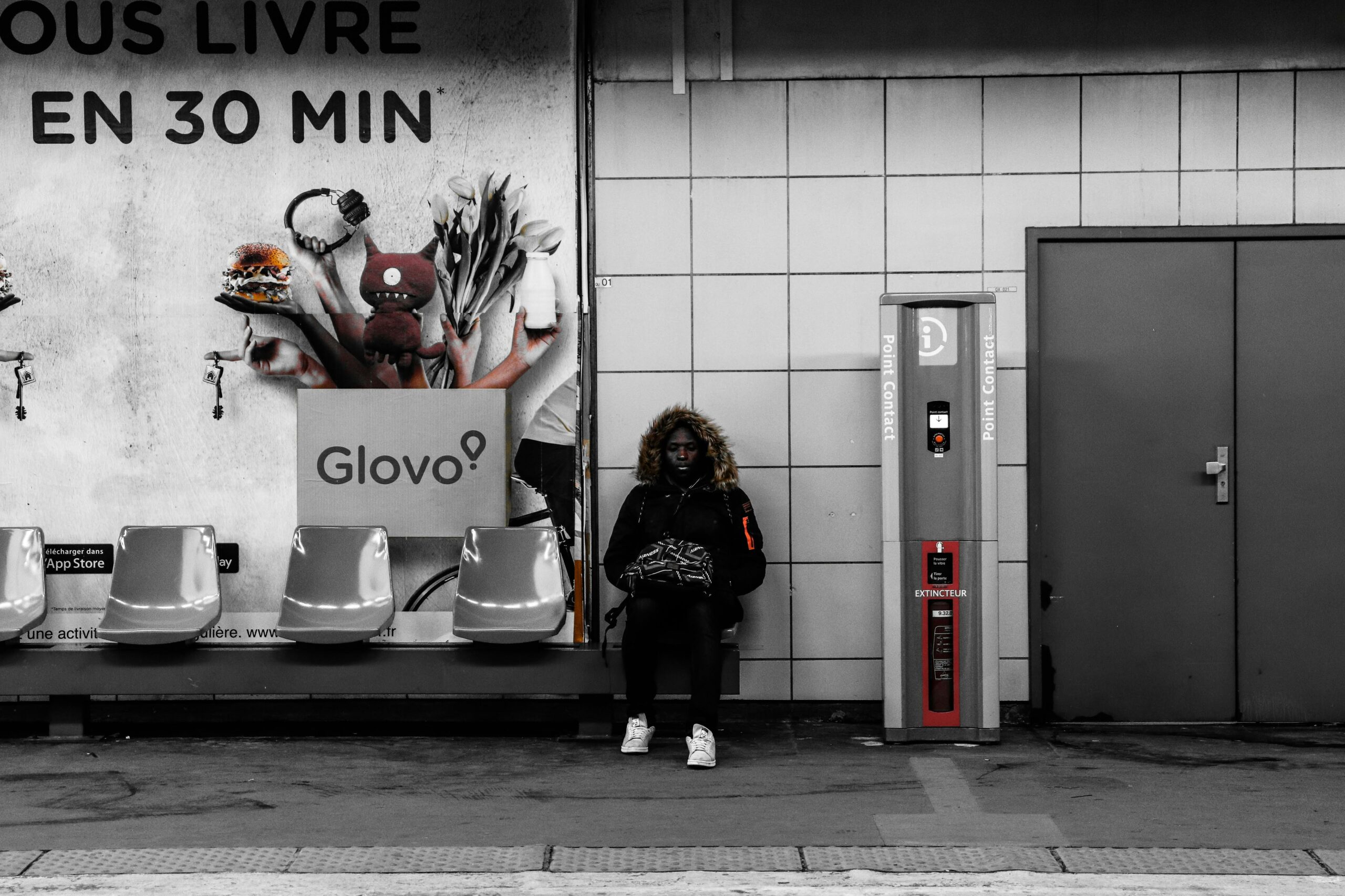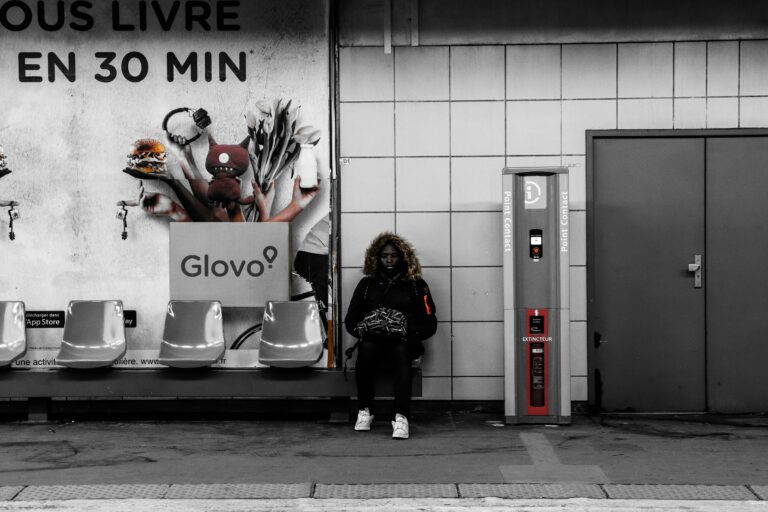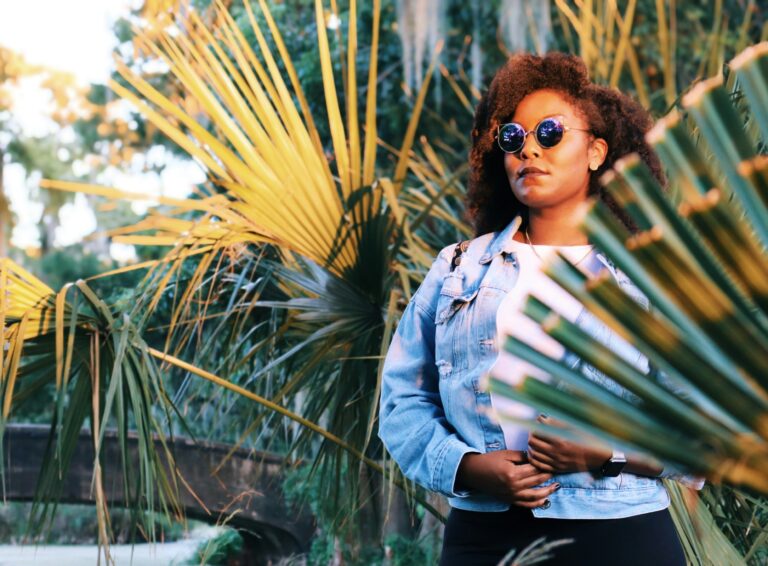Explore the top eco-friendly clothing brands and groundbreaking sustainable fashion innovations in 2025. Discover how ethical, environmentally conscious fashion is transforming your wardrobe.
The Future Is Green: Eco-Friendly Clothing Brands and Sustainable Fashion Innovations Shaping 2025

The world is shifting — and so is your closet.
As climate concerns rise and consumers demand more accountability, fashion is undergoing a radical transformation. No longer just a trend, eco-friendly fashion is fast becoming a lifestyle. Whether you’re looking for clothing brands that are eco-friendly, want to understand sustainable fashion innovations, or care about environmentally conscious fashion, 2025 is the year of real change.
So how can you dress in a way that protects the planet and looks sharp? This isn’t just about ditching fast fashion—it’s about embracing a better, smarter, more innovative wardrobe. Let’s explore.
Contents
- 1 Why Eco-Friendly Fashion Matters More Than Ever
- 2 What Makes a Clothing Brand Truly Eco-Friendly?
- 3 10 Eco-Friendly Clothing Brands to Watch in 2025
- 4 Sustainable Fashion Innovations to Know in 2025
- 5 Is Eco-Friendly Fashion Accessible or Just for Elites?
- 6 Unique FAQs About Eco-Friendly Fashion in 2025
Why Eco-Friendly Fashion Matters More Than Ever
In 2025, sustainable fashion isn’t a niche—it’s an expectation. From carbon emissions to microplastic pollution, the traditional fashion industry has long been a major environmental offender. But the tide is turning.
Real-World Impact of Traditional Fashion
- The fashion industry contributes nearly 10% of global carbon emissions.
- Over 92 million tonnes of textile waste are generated yearly.
- Synthetic fibers like polyester shed microplastics into oceans.
Consumers, especially Gen Z and Millennials, are demanding transparency, ethical labor, and planet-first practices. Fashion brands are listening—some innovating, others greenwashing.
What Makes a Clothing Brand Truly Eco-Friendly?
It’s more than just slapping “organic” on a label. A genuinely eco-friendly fashion brand considers the entire lifecycle of a product:
- Raw materials: Organic cotton, hemp, bamboo, Tencel, recycled fibers.
- Production: Water-saving dye processes, solar-powered facilities, zero-waste cutting.
- Labor: Ethical wages, safe working conditions, supply chain transparency.
- Packaging & Shipping: Biodegradable packaging, carbon-neutral delivery.
- End-of-life: Compostable garments, take-back programs, or upcycling initiatives.
Think of it as the farm-to-table of fashion—except it’s fiber-to-closet.
10 Eco-Friendly Clothing Brands to Watch in 2025
Here’s a curated list of sustainable brands that go beyond the buzzwords and deliver real impact.
1. Pangaia
Combines science and style—fabrics made from seaweed fiber, natural dyes, and recycled materials.
2. Stella McCartney
A luxury pioneer in ethical fashion, constantly pushing innovation—like mushroom leather and regenerative cotton.
3. Eileen Fisher
Timeless silhouettes, circular design principles, and take-back programs that turn old garments into new.
4. Reformation
Trendy yet conscious—Reformation tracks and publicly reports their water, waste, and carbon footprint.
5. Patagonia
More than outerwear—Patagonia supports activism, repairs old gear, and offers an ironclad commitment to environmental advocacy.
6. Tentree
For every item sold, they plant 10 trees. Their impact model is verified, and materials include recycled polyester and hemp.
7. Christy Dawn
Farm-to-closet model—regeneratively grown cotton, made-to-order pieces, and a transparent pricing structure.
8. MUD Jeans
Pioneers in denim recycling, they lease jeans, close the loop, and use 92% less water than traditional denim.
9. Girlfriend Collective
Inclusivity meets sustainability—sizes XXS to 6XL, made from recycled bottles and fishing nets.
10. Amour Vert
“Green Love” in French—zero-waste philosophy, on-demand production, and carbon offsets.
Sustainable Fashion Innovations to Know in 2025
Tech and nature are merging in fascinating ways across the sustainable fashion frontier. Here’s what’s setting the pace:
Biodegradable Fabrics
From algae-based fiber to banana leaves and orange peels, biodegradable textiles are eliminating long-term waste.
Regenerative Farming
Beyond organic: regenerative agriculture improves soil health, sequesters carbon, and supports biodiversity—many brands are now sourcing from such farms.
Biofabrication
Growing clothes in a lab? Yep. Startups like Bolt Threads are producing bioleather (like Mylo™, from mushroom roots) and synthetic silk using yeast fermentation.
Closed-Loop Production
A zero-waste fashion model that reuses scraps, dyes naturally, and repurposes garments—circularity is the name of the game.
Blockchain Supply Chains
Want to trace your t-shirt from seed to store? Blockchain in fashion is enabling full transparency—from farmers to factories to your closet.
Is Eco-Friendly Fashion Accessible or Just for Elites?
A valid concern. Historically, sustainable fashion has been pricier. But in 2025, accessibility is improving with more mid-range brands, resale platforms, and rental services. Apps like Good On You, ThredUp, and Vestiaire Collective make it easier to shop smart.
Also, consider cost-per-wear. Investing in quality, long-lasting clothes often saves more in the long run than repeatedly buying fast fashion.
Unique FAQs About Eco-Friendly Fashion in 2025
1. What are the top eco-friendly clothing brands right now?
Brands like Pangaia, Reformation, and Christy Dawn are leading with transparency, innovation, and low environmental impact.
2. What makes a brand truly sustainable versus greenwashed?
Look for verified certifications (like GOTS, Fair Trade), traceable supply chains, and full lifecycle consideration—not just vague eco buzzwords.
3. Are synthetic “recycled” fabrics still bad for the environment?
They reduce landfill waste but may still shed microplastics. Choose brands that address this with washing bag recommendations or alternative fibers.
4. Can fashion ever be 100% sustainable?
Not entirely. All production has some footprint, but we can minimize harm through better materials, practices, and mindful consumption.
5. What’s the difference between ethical and sustainable fashion?
Ethical relates to people (wages, labor conditions). Sustainable relates to the planet (materials, waste, emissions).
6. Are biodegradable clothes safe for washing machines?
Yes—many are machine-safe, but always check the label. Biodegradable refers to end-of-life disposal, not fragility.
7. Do eco-friendly brands offer plus sizes?
Yes. Girlfriend Collective and Reformation are expanding inclusive ranges. But more work is needed in this area.
8. What’s the best affordable eco-friendly fashion brand?
Tentree, Pact, and For Days offer solid affordability with credible sustainability.
9. Can I shop sustainably without buying new?
Absolutely. Thrifting, clothing swaps, and platforms like Depop or The RealReal extend garment lifecycles.
10. Are leather alternatives like mushroom leather durable?
Yes—bioleathers are designed for strength and longevity, often rivaling animal leather in quality.
11. What certifications should I look for?
GOTS, OEKO-TEX, Fair Trade Certified, B Corp, and Cradle to Cradle are reliable indicators.
12. What is upcycling vs. recycling in fashion?
Upcycling turns waste into higher-value items creatively. Recycling breaks down materials into reusable fibers.
13. Are fast fashion brands becoming more sustainable?
Some claim to be, but often it’s surface-level. True sustainability needs deep systemic change, not just a “conscious” collection.
14. Can I recycle my old clothes?
Some brands offer take-back programs. Also explore local textile recycling facilities or donation centers.
15. What’s regenerative cotton?
Cotton grown using farming techniques that restore soil health and capture carbon—far beyond traditional organic.
16. How does fashion affect climate change?
Through energy-intensive manufacturing, water use, deforestation, and waste. But sustainable brands are lowering that footprint.
17. Is natural dye better than synthetic?
Yes—natural dyes reduce water pollution and chemical exposure. They also age beautifully over time.
18. Can I compost biodegradable clothing?
Only if it’s 100% compostable, without plastic blends. Check labels and compost in the right conditions.
19. What’s the role of technology in sustainable fashion?
Tech enables traceability, smart manufacturing, low-impact dyes, and textile innovation like lab-grown leather.
20. Should I stop shopping altogether to be sustainable?
Not necessarily. Shop mindfully, invest in versatile pieces, repair clothes, and avoid impulse buys.
21. Is there eco-friendly athletic wear?
Yes! Girlfriend Collective, Wolven, and Patagonia offer high-performance activewear made from recycled or low-impact materials.
22. Do sustainable brands really pay fair wages?
The good ones do—but always verify through transparency reports and certifications.
Final Thoughts: Sustainable Fashion Isn’t a Trend—It’s the Future
As 2025 unfolds, fashion is moving from extractive to regenerative, from wasteful to thoughtful. Whether you’re exploring new eco-friendly clothing brands, trying biodegradable fabrics, or just buying less but better, your choices matter.
You wear your values every day—make them count.
Want to start your sustainable fashion journey today?
Try one new brand from this list. Audit your closet. Or simply repair something instead of replacing it.
Which sustainable innovation are you most excited about? Let’s talk fashion with purpose.

Shikha Singh
Keep in touch with our news & offers
Subscribe to Our Newsletter
Thank you for subscribing to the newsletter.
Oops. Something went wrong. Please try again later.






